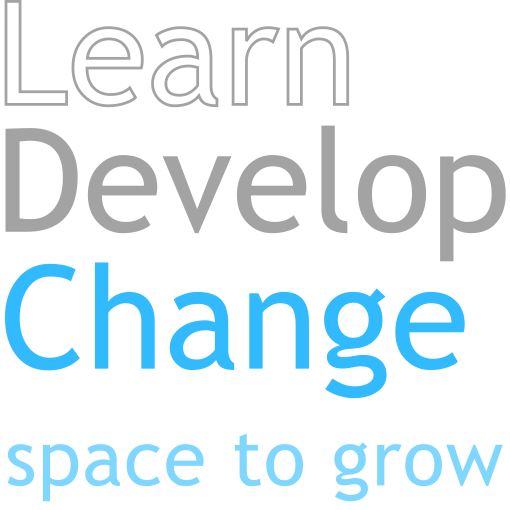The point of 'no' is that it is rejecting something yet people often prefer to be seen as positive, possessing plenty of 'can-do' spirit and be up for a challenge. Just thinking about how the other person might react is stressful. Saying 'no' can also be seen as confrontational - especially if the person you are saying 'no' to is your boss.
Why is 'yes' is so great anyway?
'Yes' does give us a momentary positive feeling. It also avoids conflict - in the short term. Soon however, we'll be overwhelmed and angry that we agreed to something we shouldn't. What's worse is people who say 'yes' a lot aren't necessarily respected more - especially if they aren't able to deliver because they are overloaded.
So if you really want to get things done you will have to say 'no' from time to time. It makes sense to make saying 'no' easier.
A helpful place to start is to realise that every 'no' is a yes to 'something else'. It's up to you to be sure that your ‘something else’ is important. Be clear about your priorities and plans so when a request arises that you want to decline, your ‘something else’ is sufficiently strong and obvious you won’t even hesitate.
If that sounds hard consider the alternative. Every ‘yes’ you give is a ‘no’ to something else. If you find you are never getting the important things done take a look at what you are currently saying ‘yes’ to.
Strategy 1: Avoid saying 'no' altogether
This can be handy if you are caught unawares and don’t have a stronger ‘yes’ to lean on. It’s really simple and uses the word ‘before’ to buy you some valuable thinking time. Here’s how it goes:
Them: Would you mind taking on this project for me?
You: Before I say yes could you tell me a bit more about it?
It sounds positive (you even say ‘yes’!) and it reminds them you also have a say. By the time they have responded and filled in more of the detail you will have had time to think things through and decide if you want to say ‘no’ or not.
Feel free to try other phrases that would comfortably follow ‘before’ that suit your style better. Experiment using this phrase in non-critical situations first so it feels comfortable and sounds natural, Build up your confidence gradually.
Strategy 2: cushion + and + options
This is a three-part approach. It works well in heated situations and still shows that you are listening to them and trying to find a workable solution rather than just rejecting them.
The first part is to cushion the blow you are about to give. Do it by acknowledging something that’s true about their request:
Them: I need a project lead for the new team, and you’d be ideal. Would you be up for giving it a try?
You: I think the project lead is a great role
Part 2 is the pivot. It’s tempting to continue with ‘but…’ The problem with ‘but’ is it erases whatever you just said ('a great role'). Dale Carnegie in How to Win Friends and Influence People pointed out that removing ‘but’ and replacing it with ‘and’ allows you to keep all the good stuff you said and still make your point. Nothing needs to be erased and we are definitely going to decline:
You: I think the project lead is a great role and no I don’t think it’s for me.
Don’t worry about the grammar here - the point is to keep positive intent and still be able to say ‘no’ in an OK way.
Part 3 is to get them into ‘options thinking’. Rather than focus on what you can’t do, we can now concentrate on what we can do. This is much more useful to both sides of the discussion. So here’s the whole exchange ending on options:
Them: I’m struggling to find a project lead for the new division and I think you’d be ideal. Would you be up for giving it a try?
You: I think the project lead is a great role and no I don’t think it’s for me. I could ask the team to see if anyone might be interested and ask them to speak to you.
You’ll notice like the first strategy this structure also buys you thinking time so that by the time you get to the end you are able to offer options. Everyone loves options. Again like the first strategy try this out in situations that aren’t so serious or stressful. Practice it before using it when the stakes are high.
Strategy 3: give a CRISPP 'no'
Sometimes you just have to say ‘no’ and be clear that you mean it. The ideal is a middle-ground - no aggression, no weakness, A simple no can be all that is needed. While we can’t guarantee how they will react, we can show them the behaviour we want from them by demonstrating it ourselves.
Here’s a useful mnemonic to remind you of what a positive ’no’ looks like:
CRISPP
Calm - the more you practice the easier it is to stay calm
Respectful - avoid defensiveness / aggression so that ‘no’ can be OK
Interested - ‘no’ rejects the request or idea, not the person
Short - leave out excuses and reasons - they are too easy to unpick and might not be true
Professional and Polite - keeps the door open for working together in the future and minimises negative reactions
We all face situations where the best response is ‘no’, even if it isn’t the easiest thing to say. Practice these strategies and when the time comes you will find it less tricky.
"If you've got talent, people want more of you. They ask you for this or that or the other thing. They ask nicely. They will benefit from the insight you can give them. You can dissipate your gift by making the people with the loudest requests temporarily happy, or you can change the world by saying 'no' often." - Seth Godin
Go ahead, change the world. Say 'no'.
If you found this post interesting join our mailing list and we'll let you know when the next one is out.

